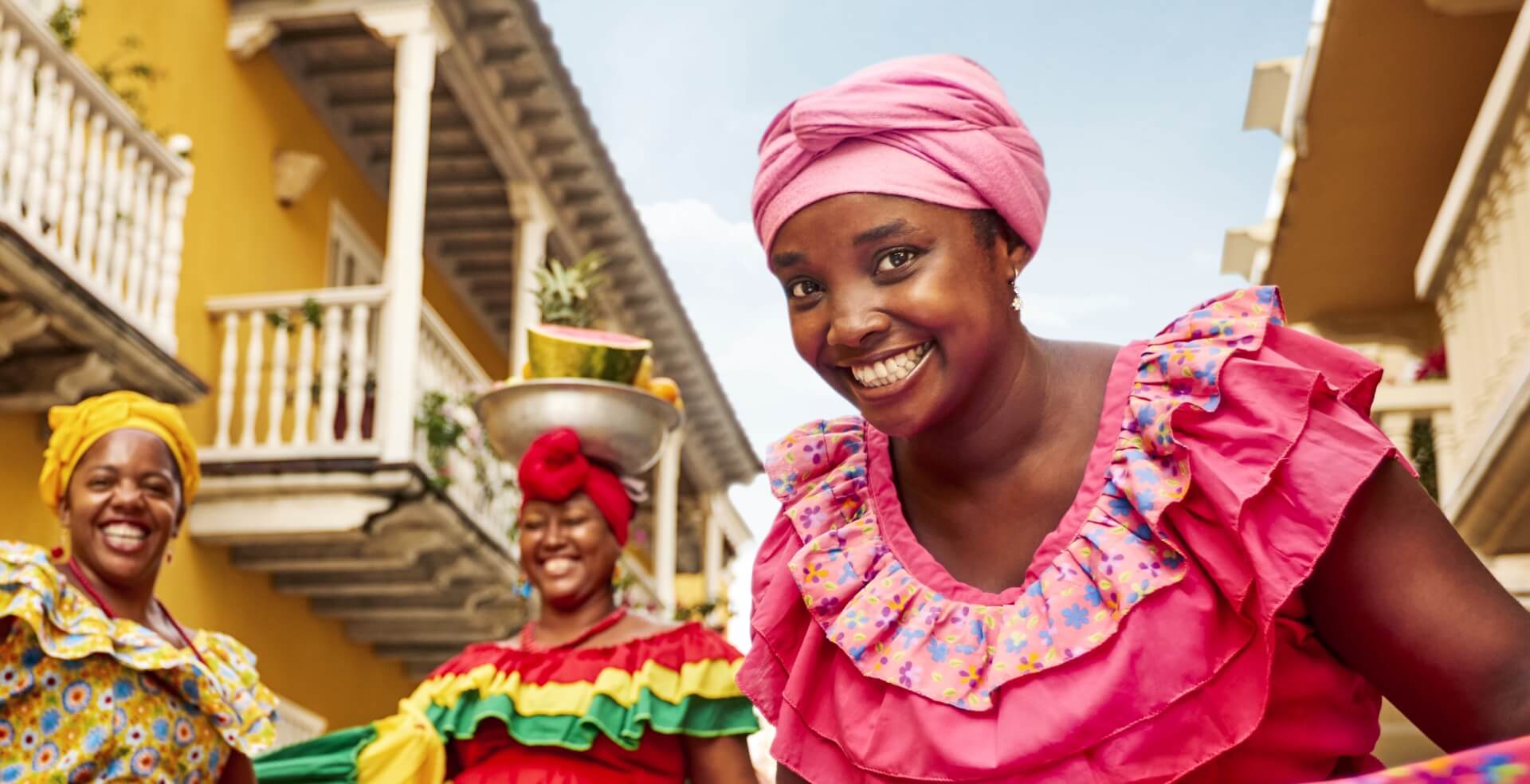Birdwatching is a practice you can enjoy in Colombia, a country internationally recognized for its unique biodiversity and as the number one bird species country, with around 1921 species representing 20% of the world's birds. New species continue to be discovered throughout the year.
Its natural wealth makes Colombia the ideal home for thousands of endemic birds, with 70 species born and spending their entire lives in the same territory. It's also a perfect place for migratory species seeking warmth during winter, flocking to enjoy the richness and tranquility of the landscapes. In fact, the country's conditions are so favorable that migratory bird species like the Canada Warbler spend more than half of their lives (7 out of 12 months) here.
So, if you've heard about the spectacular local and migratory birdwatching and want to make it one of your activities during your visit to the coffee country, here are the types of birds you can find according to the time of year you decide to travel to Colombia.
Because there are endemic birds (that always live in the country) and migratory birds (that arrive in the country when winter comes to their places of origin or at certain stages of their life cycle), there are times of the year when it's more likely to find exotic birds and unique species.
All Year Round:
- The country's 7 different ecosystems make it the ideal place to host over 70 species of endemic birds.
- Areas with the highest biodiversity concentration such as the Chocó biogeographic region, the tropical Andes, the Sierra Nevada de Santa Marta, the Orinoco, and the Amazon are where you can observe the greatest variety of birds.
- You don't need to go to remote areas to observe birds; you can also see endemic birds in cities like Bogotá, where there are wetlands that allow for this experience.
January to April - September to December:
- Birdwatching is possible thanks to the natural migration process during the periods of January to April and September to December, when hundreds of birds from nearly 275 different species arrive in the country.
- The migration processes occur in autumn and spring, but the distances these birds travel are long, so it's during these periods that most of them arrive in the country.
- Most of these migratory birds can stay in the country for up to four months, before moving on to other South American countries.
Caribbean Region (Approximately 200 bird species):
- Santa Marta Parakeet (Pyrrhura viridicata).
- Lilac-tailed Cotinga (Lepidopyga lilliae).
- Black-cheeked Mountain-Tanager (Anisognathus melanogenys).
- Plain Chachalaca (Ortalis garrula).
Pacific Region (Approximately 650 bird species):
- Barred Puffbird (Bucco noanamae).
- Baudó Oropendola (Psarocolius cassini).
- Green Honeycreeper (Chlorophanes spiza).
- Blue Cotinga (Cotinga nattererii).
Orinoco (Approximately 570 bird species):
- Rufous-tailed Jacamar (Brachygalba lugubris).
- Amazon Kingfisher (Chloroceryle amazona).
- White-tailed Trogon (Trogon viridis).
- Thick-billed Euphonia (Euphonia laniirostris).
Magdalena Medio (Approximately 500 bird species):
- Indigo-capped Hummingbird (Amazilia cyanifrons).
- Blue-billed Curassow (Crax alberti).
- Antioquia Bristle-Tyrant (Phylloscartes lanyoni).
Amazon Region (Approximately 750 bird species):
- Blue-gray Tanager (Thraupis episcopus).
- Chestnut-bellied Seedeater (Sporophila castaneiventris).
- Sulphur-rumped Flycatcher (Tyrannopsis sulphurea).
Andean Region (Approximately 800 bird species):
- Golden-collared Tanager (Chlorochrysa nitidissima).
- Golden-bellied Starfrontlet (Coeligena aureocincta).
- Green-bearded Helmetcrest (Oxypogon guerinii).
- Red-bellied Grackle (Hypopyrrhus pyrohypogaster).
Do you want to discover the plans we offer to fully experience birdwatching in unique and unforgettable landscapes? Visit our bird portal and explore different options to not only enjoy the country's natural richness but also discover its culture.















